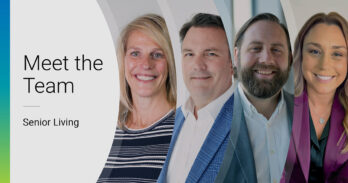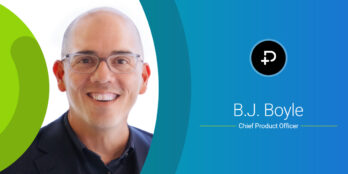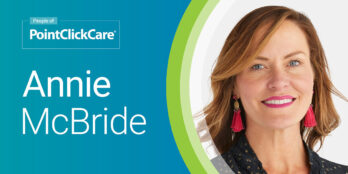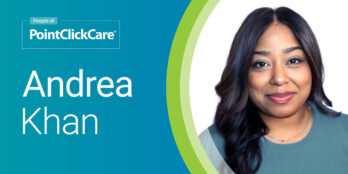
Caring for All Acuity Levels — How Tech Eases the Pain
 2 min
2 min
Senior living residents come in all shapes, sizes — and acuity levels.
No matter where a senior living community falls on the care continuum, having the right technology in place will help ease the pain of residents, staff and care partners. Here’s how:
Independent Living
In independent living, there’s not much clinical care to provide — or, therefore, to track. For the most part, the seniors residing in these communities are independent enough to handle their own care needs, or it’s handled by third-party home health care agencies. However, that doesn’t mean technology has no place in independent living.
Here’s the thing: all independent living communities, no matter their size, can use technology to accurately and efficiently manage census, move-ins, accounts payable, accounts receivable, trust account activities, claims, referrals, and collections.
Similarly, all independent living marketing and sales teams can use technology to determine where their best leads are coming from, and then maximize move-ins.
Remember: a successful community attracts more residents!
Assisted Living
Here’s where more care-oriented technology comes into play. Naturally, assisted living communities should be properly documenting the care that residents receive — but they should also be documenting the care at the moment that the residents receive it.
The amount of time that lapses between providing the care and documenting the care is key; the longer that amount of time, the higher the chance that the care will be documented improperly or even forgotten about entirely.
Ideally, then, all documentation should occur at the point-of-care, or when and where the care is administered. This is possible in communities where caregivers are equipped with mobile, cloud-based electronic health records (EHRs).
Caregivers truly appreciate having this technology available to them. With it, they’re able to see what’s going on with a resident in real-time, and can quickly identify any changes in patterns or routines. If something is wrong with a resident, they’ll know — and they’ll be able to intervene before anything gets worse.
Additionally, having a cloud-based EHR enables caregiving staff to be as efficient as possible. They’re spending less time on paper documentation and more time with the residents — which is exactly where they want to be. The fact is, managing care is ultimately about managing time.
Skilled Nursing and Memory Care
Skilled nursing and memory care residents have a higher acuity need than their assisted living counterparts. Consequently, their costs are usually higher as well. In these settings, proper billing becomes even more important: skilled nursing and memory care operators need to make sure they’re tracking all of the care they’re providing.
Documenting care enables providers to justify their charges to reimbursement sources — as well as rate increases to inquiring family members.
Plus, with a cloud-based EHR, anyone who needs to see a resident’s up-to-date medical records will be able to see them at any time. If the EHR is interoperable, its reach extends to different care partners throughout the senior care continuum — hospitals, physician groups, labs and pharmacies can see what they need to see, too. That way, everyone involved in a senior’s care is on the same page, eliminating risk.
Sometimes, all of these features can be found in the same senior living technology platform. For more on this topic, check out our post, EHR Platforms: All That and A Bag of Chips.
September 9, 2016





